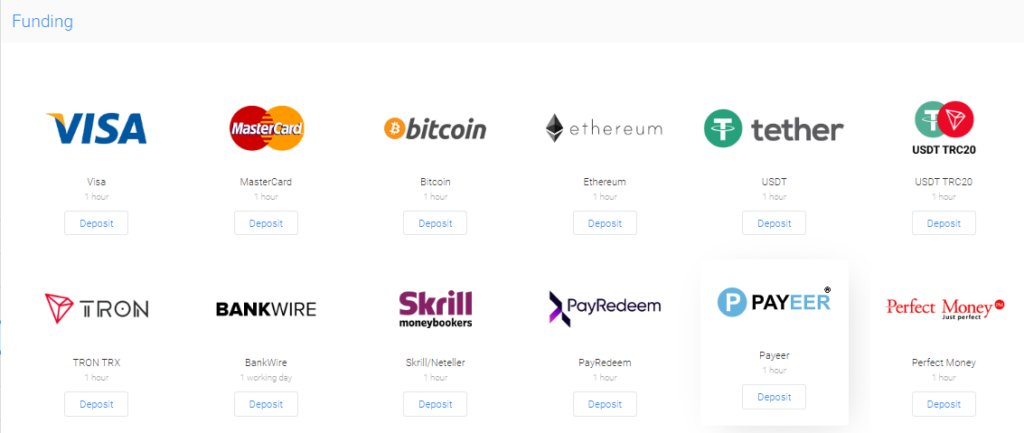Forex has become one of the biggest financial markets in the world. The growth increases every day with the number of traders increasing with it. At this size, it sometimes becomes difficult and confusing to choose the right platform to trade on. If you plan on successfully trading forex, which you probably do, finding a reliable and user-friendly platform is crucial. However, there is a solution to this problem, and it is called Allpips. This article will show you how to use Allpips to maximize your trading experience and be at the top of your game.
Understanding the Allpips Trading Platform
Let’s take a moment to understand what the Allpips platform is and how it operates before getting into the specifics of trading on it. With the tools and capabilities needed to execute trades in the forex market, Allpips is a state-of-the-art trading platform. It is usable by traders of all experience levels thanks to its smooth and simple user interface.
How To Start Trading Successfully
Now that we know what Allpips is and what it has to offer, let’s take a look at how we can use it to start trading forex.
Step 1: Create an account and log in
The first step in using Allpips is to register for an account. Click the “Sign Up” button after going to the Allpips website. Enter the necessary information, such as your password, email address, and name. To protect your account, make sure you select a strong password. After completing the signup process, use the credentials supplied to log into your account.

Step 2: Using the Dashboard
You will see the Allpips dashboard after logging in. This serves as the hub for all of your trading activity, giving you access to a variety of tools, features, and charts for market analysis and trade execution. Get comfortable with the dashboard’s design, since it will serve as your main work area when you trade on Allpips.

Step 3: Making a Fund Deposit
You must fund your trading account before you can begin trading forex. When you select the “Deposit” button, a list of deposit methods, including bank transfer, credit/debit card, and e-wallets, will appear. To finish the transaction, choose your favorite method, input the amount you want to deposit, and adhere to the on-screen directions. Make sure you understand the minimum deposit required and any related costs.

Step 4: Understanding the Trading Tools
To improve your trading experience, Allpips provides an extensive array of trading tools and features. Real-time charts, economic calendars, and technical analysis indicators are some of these tools. Spend some time learning about and familiarizing yourself with these resources; they can offer you insightful information and help with make wise trading decisions.
Step 5: Placing Trades
It’s time to make your first trade now that you have deposited money and gotten familiar with the Allpips interface. Find the “Trade” button or tab on the dashboard. This will launch a trading window where you can choose the forex pair you want to trade, the trade size (lot size), and the levels at which you want to stop the trade and take your profits. Before making the trade, thoroughly go over every aspect and any risk that could occur. Remember risk management is important in every trade you make.
Step 6: Monitoring and Managing Trades
After a trade goes through, it is very important that you continue to watch over and manage it. Real-time data on your open positions, including trade history, margin requirements, and profit/loss status, are all provided to you by Allpips. You can also configure alerts and notifications to notify you of any important changes in your transactions or the market.
Step 7: Analyze Results and Adjust Approaches
Forex trading is a lifelong learning process, thus it’s critical to routinely assess your performance. Allpips provides extensive reporting and analysis capabilities to monitor your trading performance, evaluate your success rate, and pinpoint areas in need of development. Make use of these resources to improve your trading tactics and adjust to shifting market circumstances.



